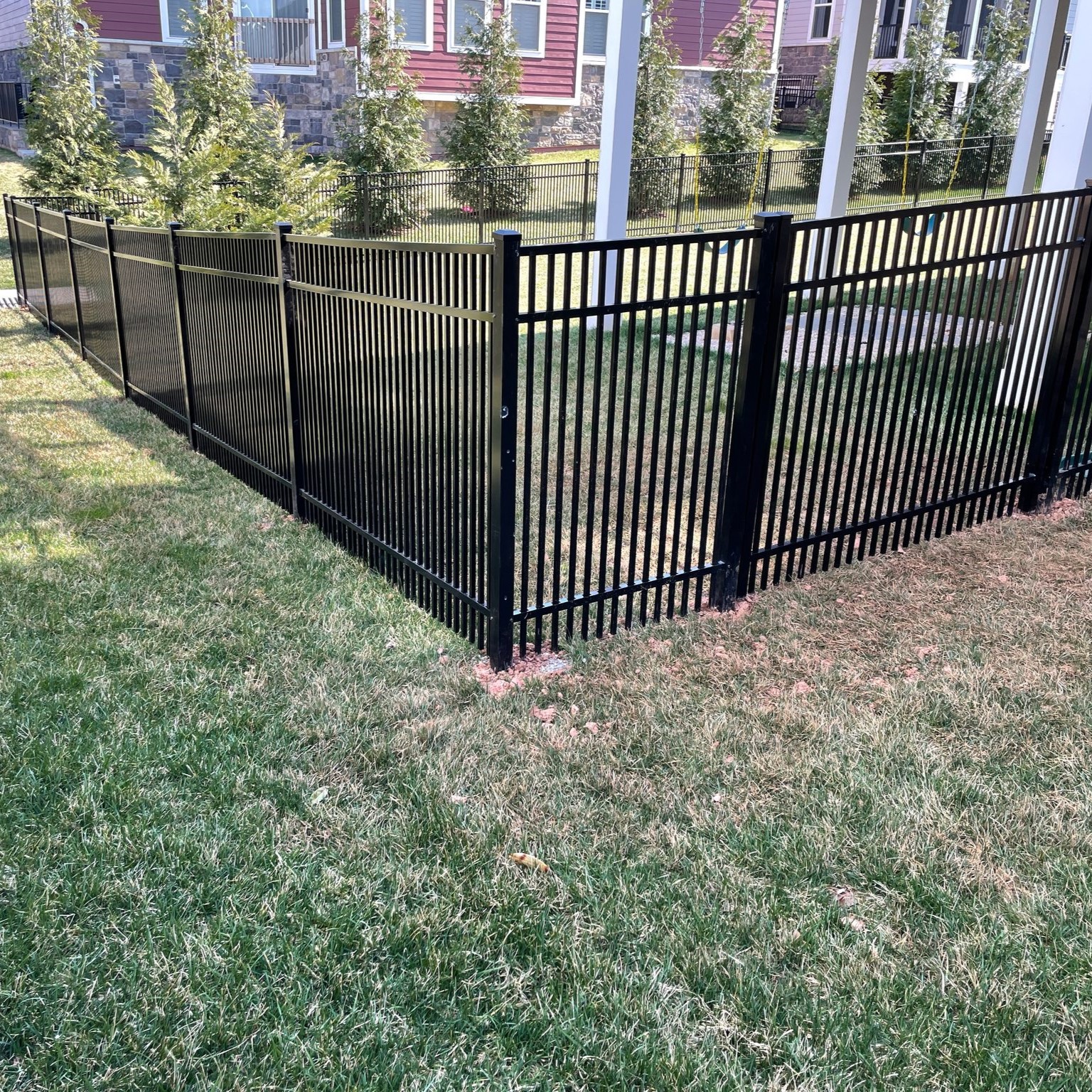Black residential aluminum fences have become a popular […]
Black residential aluminum fences have become a popular choice for homeowners seeking a combination of security, aesthetics, and low maintenance. Their sleek appearance, resistance to corrosion, and long service life make them an attractive option for enclosing properties, gardens, pools, and driveways. However, the long-term performance of these fences depends heavily on the quality of the materials used in their manufacture. Identifying material quality before or after installation is essential to ensure durability and value.

The foundation of any aluminum fence lies in the grade of aluminum used. Aluminum is available in several grades, each with different properties relating to strength, corrosion resistance, and formability.
Common Grades: Residential aluminum fences are often made from 6000 or 5000 series alloys. The 6061 and 6063 grades, for example, are well-known for their good mechanical strength and corrosion resistance.
How to Check: Manufacturers typically list material specifications in product brochures or technical data sheets. When this information is not readily available, it is appropriate to ask the supplier directly.
Significance: Higher-grade aluminum improves the fence's ability to withstand outdoor conditions, including rain, sun exposure, and temperature fluctuations.
Black aluminum fences usually feature a powder-coated finish that enhances appearance and protects the material from corrosion and fading. The quality of this coating is a key indicator of overall fence durability.
Surface Consistency: A high-quality powder-coated surface should be smooth, evenly colored, and free from drips, bubbles, or blotches. Uneven finishes may suggest poor application or inferior materials.
Scratch Resistance: Gently running a fingernail or soft tool over a small, hidden part of the fence can help test for resistance to minor abrasions. Quality coatings hold up better over time.
Adhesion Test: For thorough inspection, some users perform a basic tape test—pressing a piece of tape on the coated surface and pulling it off to check if any coating lifts. Durable finishes typically show no signs of peeling.
Powder-coated finishes that meet industry standards, such as AAMA 2604 or 2605, offer longer color retention and better protection against UV damage and moisture.
The thickness of the aluminum used in fence rails and pickets plays a vital role in structural strength. Thicker walls generally result in more robust and impact-resistant fences.
Measuring Tools: A caliper can be used to measure the wall thickness of the rails and pickets. Standard residential fences often use profiles with thicknesses between 0.050 to 0.080 inches.
Feel and Flexibility: Heavier aluminum profiles are less prone to bending or denting under pressure. Applying moderate force to check flexibility can offer insight, though it should be done carefully to avoid damage.
Choosing a fence with sufficient wall thickness ensures better resistance to wind pressure, accidental impacts, and long-term wear.
Some higher-quality aluminum fences include reinforcements inside the rails or posts, especially at stress points such as gate openings or long spans.
Purpose of Reinforcements: These elements add rigidity and help prevent sagging or deformation. In gates, internal steel or aluminum channels support frequent opening and closing motions.
Verification: Reinforcements may be listed in product specifications or visible in cross-section samples. If unclear, requesting cutaway samples from the manufacturer can help verify their presence.
Reinforced fence sections perform better over time and may reduce the need for maintenance or repair.
Aluminum fence panels are typically assembled using welded or mechanically fastened joints. The quality of these connections affects both appearance and strength.
Weld Consistency: For welded fences, smooth, uniform weld beads indicate precision and good workmanship. Sloppy welds with rough edges or excess filler may weak points.
Mechanical Joints: When mechanical fasteners are used, they should fit securely, with no visible gaps or loose connections.